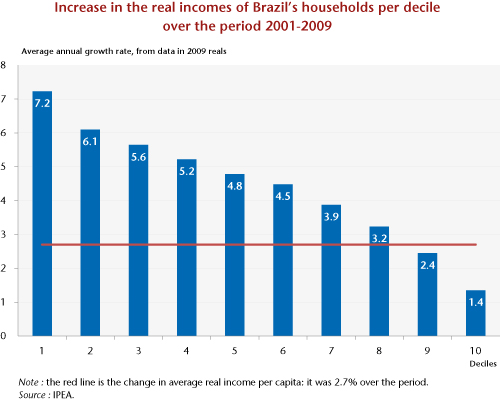
When Brazil’s youth dream of something besides football…
By Christine Rifflart The rise in public transport prices had barely been in force for two weeks when this lit the fire of revolt and […]

By Christine Rifflart The rise in public transport prices had barely been in force for two weeks when this lit the fire of revolt and […]

By Sabine Le Bayon, Sandrine Levasseur and Christine Rifflart The residential real estate market is a market like no other. Since access to housing is […]

By Christophe Blot, Catherine Mathieu and Christine Rifflart This text summarizes the special study of the October 2012 forecast. Since the summer of 2007, the […]

Sabine Le Bayon, Pierre Madec and Christine Rifflart The decree on rent control, which was published in the Journal officiel on 21 July, takes effect […]
Copyright © 2025 | WordPress Theme by MH Themes